Sophie came on my radar as I started looking for women leaders in the traditionally male-dominated category of spirits, specifically bourbon. She’s a breath of fresh air. Her intelligence, wit and technological prowess from her time as CEO of The Barbarian Group make her a force in the spirits industry. I was deeply impressed—not only because she’s worked with so many iconic brands but also because she’s dedicated to imbuing each one with an authentic purpose.
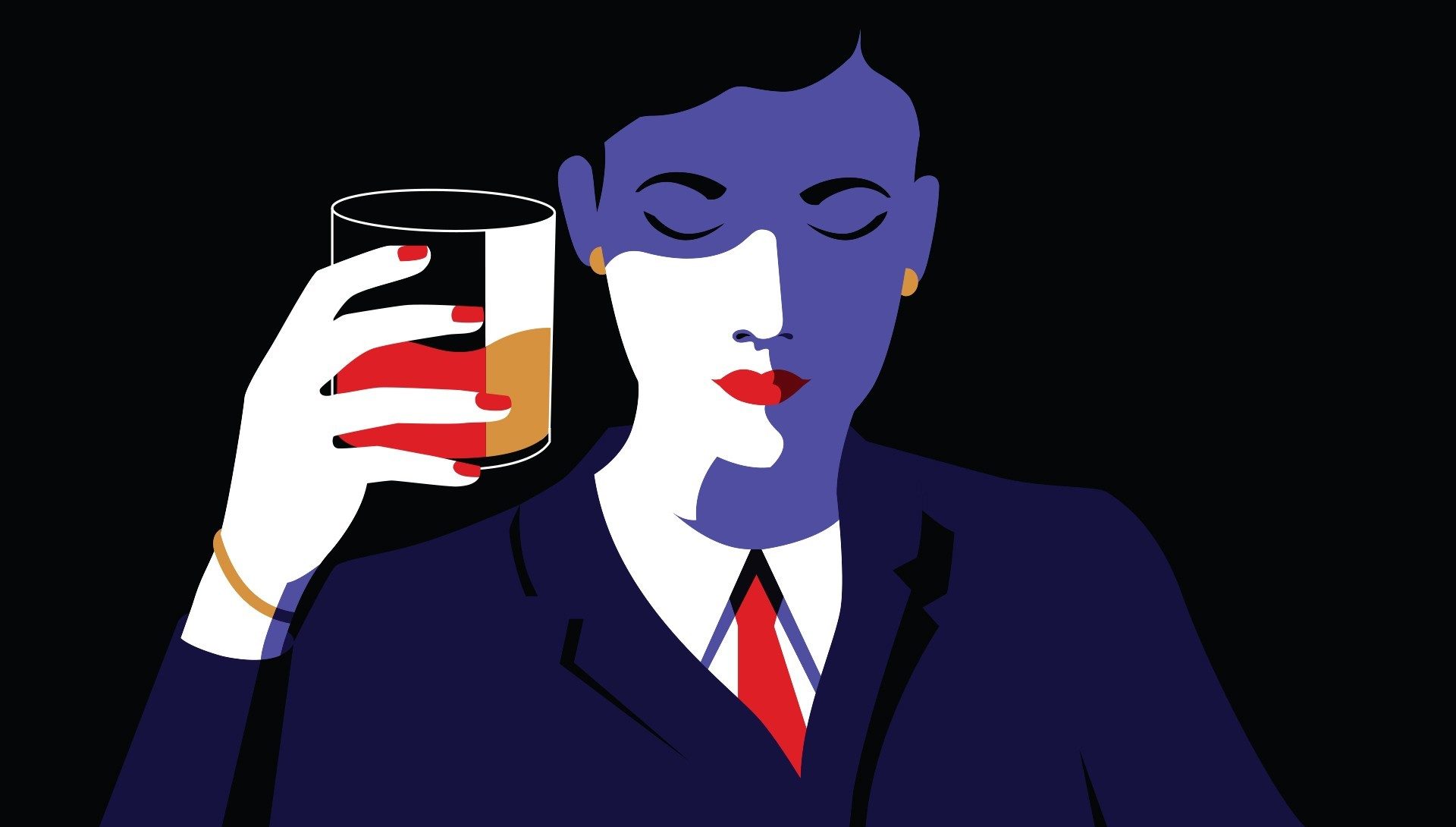
In the 1990’s women made up only 15% of whiskey drinkers, but in 2019, that number skyrocketed to 40%.
Diageo is obviously a huge organization that spans six continents. What’s your role there?
My remit is to treat North American whiskeys like its own little business and not only develop the brand but also develop our sites, distilleries, brand experiences and take it to the next level. Today, I look after North American whiskeys and our scotch portfolio. So I run the gamut from Kentucky, Tennessee, Ireland, all the way to Scotland to blended scotches and single malt. It's a pretty extraordinary lineup of brands.
Whiskey seems to be having a moment. Is it still the fastest growing spirit?
Yes. About 42 percent of spirits’ growth over the next five years will come from whiskey. What’s even more exciting is what’s driving that growth is a much more diverse consumer base: African American, Hispanic and Asian consumers. The growth isn’t coming from legacy drinkers but from a new set of drinkers motivated by experimentation, exploration and new experiences when they socialize. Intersectionality defines their identity. Therefore, it’s very important as a marketer to understand that people can be driven by multiple influences or passions and attracted to an array of things versus being stereotyped into one group.
Why do you look for cultural insights in addition to consumer insights, and how do you go about gathering those?
Yeah, look, it’s a really exciting time to be in marketing, right? We’re living in a time where people aren’t leaning on government or traditional thought leaders. They expect business to lead and create change, and therefore you must be culturally connected to consumers’ value system. There are many ways to do it.
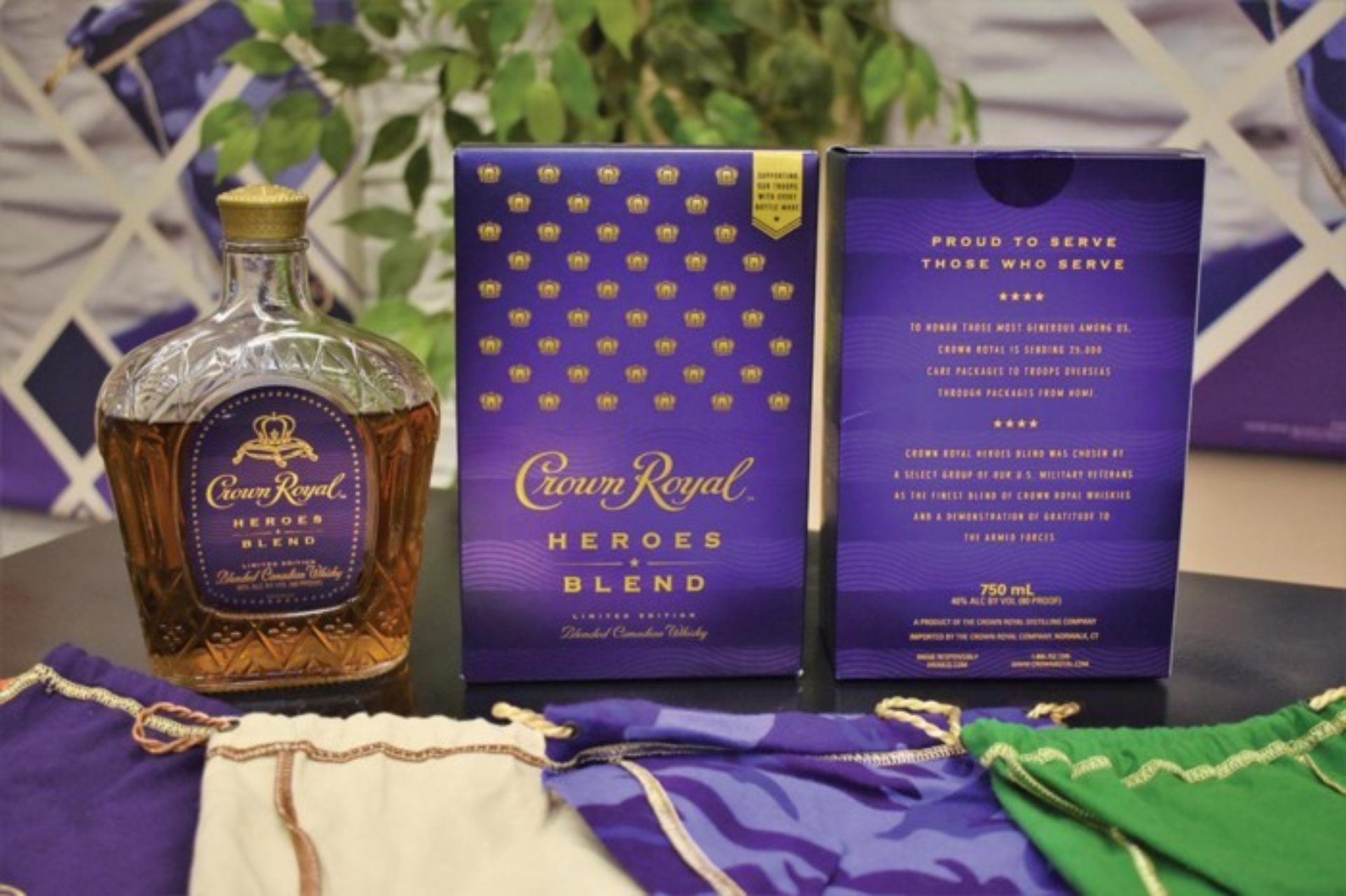
“We created the Purple Bag Project where we use the purple bag that the product comes in, to pack packages for people who are away in the military. That’s a sampling and an experiential platform. It’s also a retail platform where people can bring their bags in and get them packed with things to send to our troops.”
We do a lot of insight work by researching different consumer groups. But we also do a lot of insight work into communities and what’s driving them. For example, Crown Royal was always seen as a status symbol for a certain group of consumers. So we did a lot of cultural work three years ago to understand the new meaning of status in today’s culture. Lo and behold, it's not about what you have and acquiring the prestige car or the Rolex watch. It’s actually about what you can give and who you can help. This notion of generosity is the real status symbol, and therefore, we reframed how the brand works in culture.
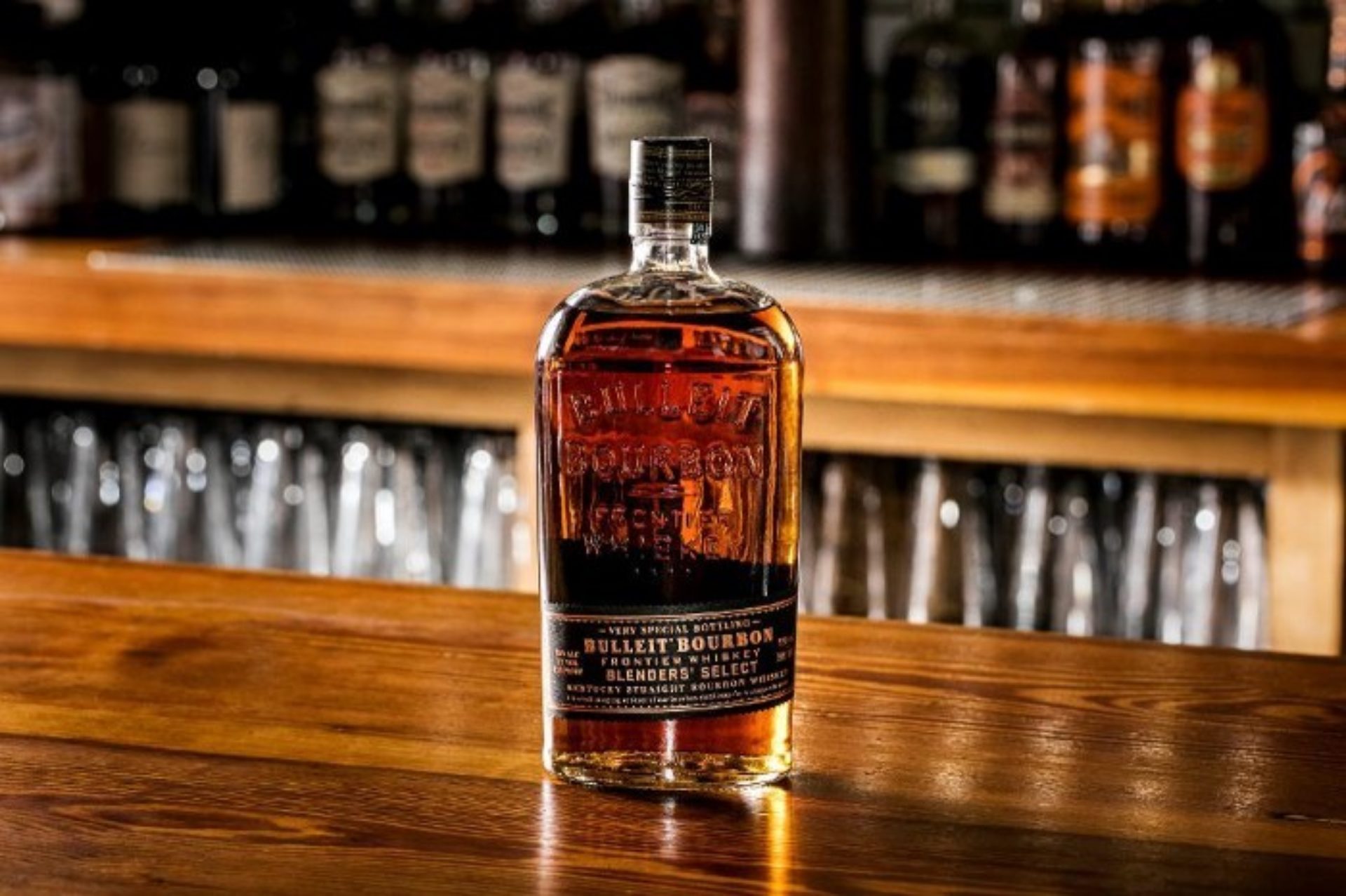
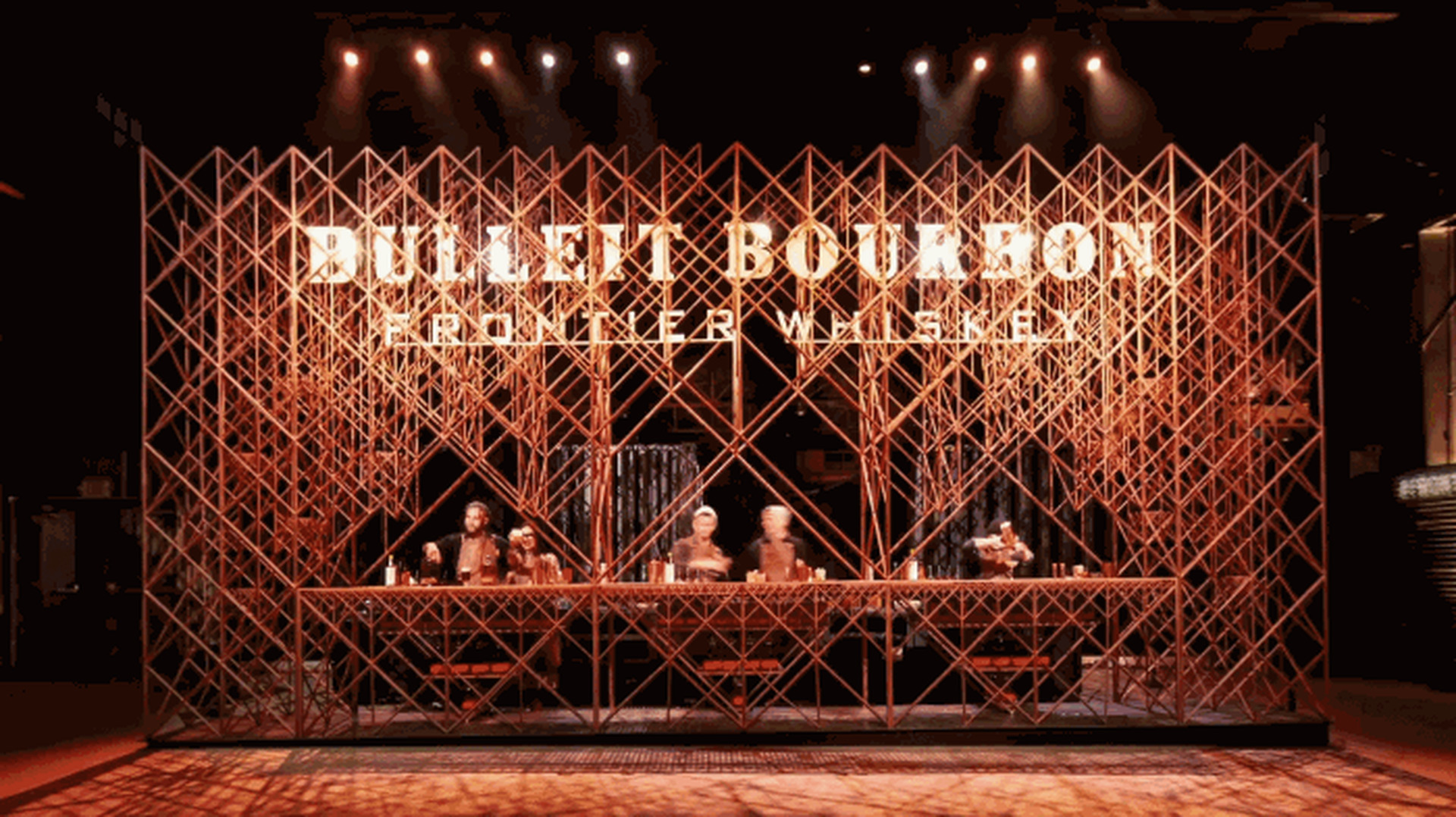
“We partnered with Phillip and Ben from Print A Drink to create a new social bar experience with a 3D-printed bar and 3D-printed drink. We merged fantastic bartenders and cocktail experts with people in technology to create just a surprising experience that people haven’t had before.”
If you look at a brand like Bulleit, our whole proposition is to ignite the frontier spirit in everyone. That's really about surfing culture: seeing who’s out there doing things on the frontier, identifying their passions, and finding ways to collaborate with them.
What does that mean for brands? Do today’s brands have to stand for something bigger?
Absolutely. If you look at the data around consumer choice, having purpose at the heart of brand drives pricing power up to around 13 percent. There’s evidence that when consumers have all these options, they turn to brands who share their values and are making a difference in the world. Driving some sort of purpose—whether it be equality or sustainability—is not a nice-to-have anymore. It’s essential for business, and consumers are demanding it.
On a broader level, Goldman Sachs just recently announced they’ll no longer invest in startups that have all male boards. They must have at least one diverse director. You’ve also got people like Larry Fink from BlackRock saying he doesn’t just look for people who are financially prosperous but also for people who are creating social impact and social good.
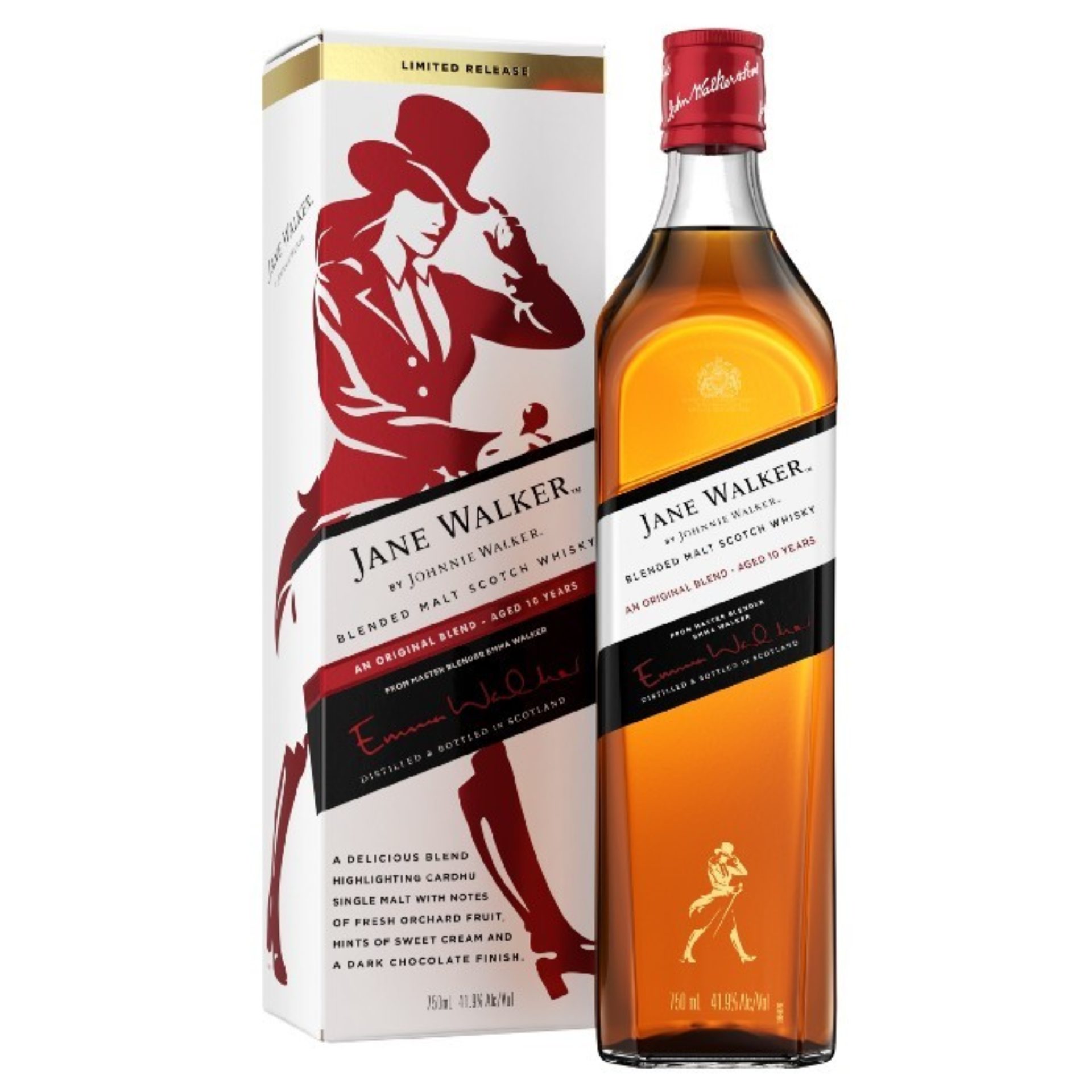
“When we sat back and developed Jane we knew we couldn’t be a brand that represents progress and exploration and experimentation and not talk about women.”
Did this drive your decision to launch Jane Walker?
We used International Women’s Day three years ago as our cultural moment to launch Jane into market and new platforms. Over the last couple of months, we are partnering with the ERA to help with the equal rights amendment, which we’re super excited about. Sophia Bush is coming on board.
We’re also launching the Created by Craftswomen platform, which I couldn't be prouder of. It goes across Crown Royal, Bulleit and Johnnie Walker and highlights the extraordinary women who are blending and distilling amazing liquids. I’m proud to say it’s not only for an external audience, but it’s also for an internal audience.
When you connect with larger cultural issues, you have to be very clear that you are doing the right thing. Brands get it wrong when they go out with illustrious narrative stories about purpose and then don’t back it up with any action. You have got to be doing action-orientated things as well as driving awareness, if you’re going to be credible
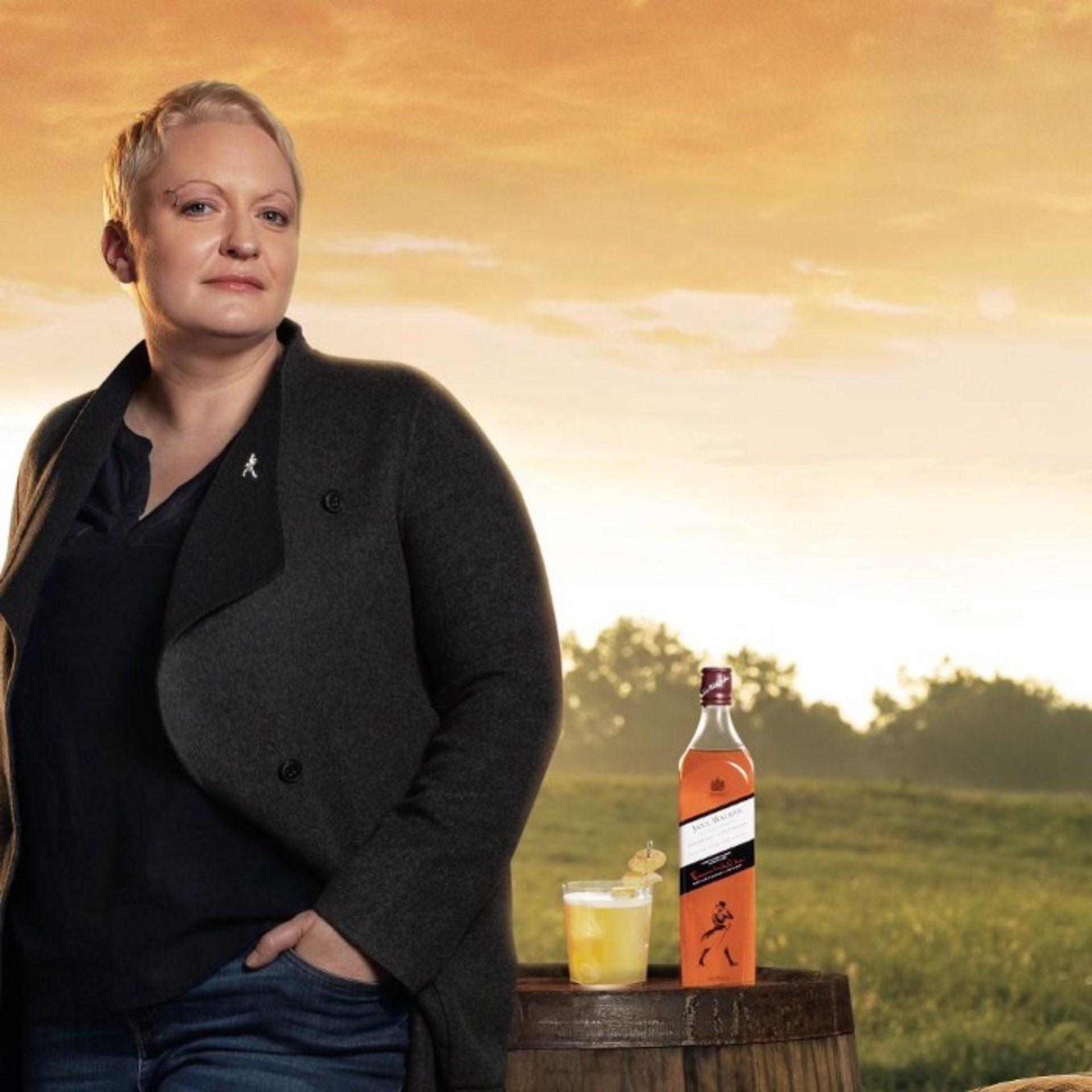
“We have a massive initiative called Craftswomen of Whiskey, where we are really heroing the products that women are making across our portfolio. Our new release in March of Jane Walker will be a release from Emma Walker who works at our distillery Cardhu. It will be a Cardhu forward blend.”
Has it been at the expense of your base?
So, that’s a really interesting question. The answer is no from a business perspective. But whenever you do these things, people voice different opinions on social media. My point of view is this is not at the expense of everybody that enjoys the product. As we grow and new people come into the brand, they demand different experiences and different ways to connect. It is our job to ensure that we’re consistently evolving.
What advice would you give to clients about leading consumers in a time where data is heavily influencing decisions?
It’s always a combination, right? Data will help you identify emerging trends if you use it the right way. We’re always ideating and testing new concepts, and that gives us a lot of insight. It’s starts with big trend research and then it’s down to old-fashioned getting it out there. Then you continue to iterate and be agile enough to change and evolve the platform so the messaging becomes stronger and stronger. It’s not a one-and-done thing anymore.
Look at simple things like the conversations happening in social. What are people saying about what they're expecting? What they’re drawn to? That’s an asset that we never had 10 years ago, and it gives us a fantastic transparency and real-time data on what people are looking at, what they're delighted by, what they wish would improve.
One thing that makes you perfect in your role is that you came from The Barbarian Group (now Barbarian). I always respected the way they used technology: to create bonds with consumers. What advice do you have for clients, and hell creatives even, about not falling into the trap of tech?
The Barbarian Group was one of the highlight journeys in my career. I absolutely loved it. My career philosophy is to treat it like one big story. I always want to be doing things I haven't done before and learning because I’m super curious. When I joined The Barbarian Group, I joined some brilliant digital minds, and we created some fantastic work.
Technology is fantastic. But as marketers, you need to think about it not as a cool new thing but rather, ask how it’s going to enhance the consumer experience. Think about Johnnie Walker Blue. It’s the one of the ultimate prestige gifts. So we think about technology through the lens of: how can we enhance the gifting experience? How can we make it fun? Well, you can engrave your own bottle for your friend. We’re also playing with voice technology to enhance gifting opportunities. So potentially if I picked up a bottle of Bulleit 10-Year-Old for you, I could leave a message on the bottle saying, “Hey Carolyn, here’s one of my favorite liquids, I hope you enjoy it.”
Tech is opening up different channels and experiences that we can create. But those experiences have got to be grounded in real consumer insight. They’ve got to add value. They have to be relevant. They can’t just be driving efficiency, and they can't be a novelty.
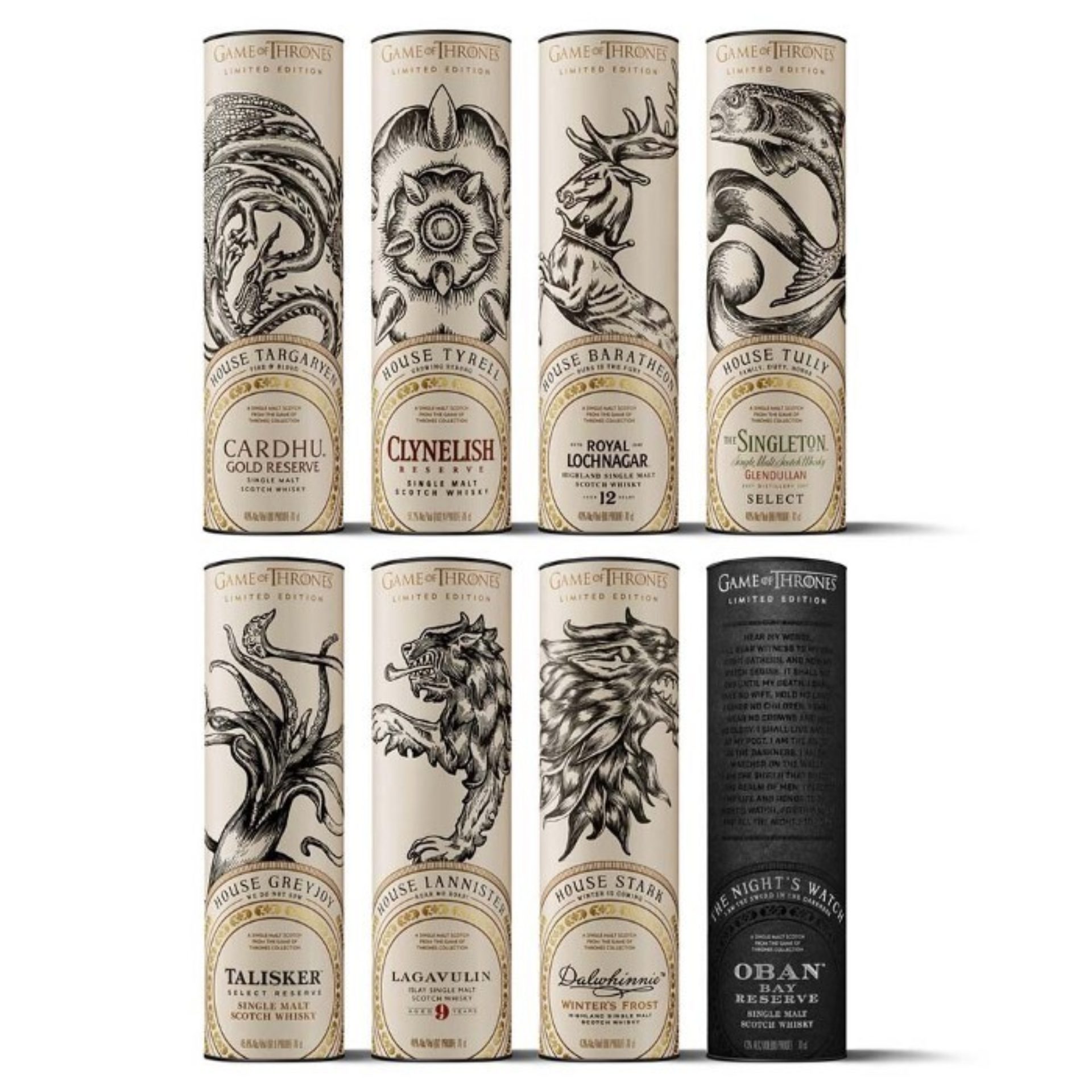
“Game of Thrones was just such a perfect fit for our scotch and single malts business because we could really tie it to the storyline and the locations of all the houses and create a lot of fun and fandom around collecting liquids from the different houses.”
You’ve said before you don’t think bringing creatives in-house is always the right answer. Why is that?
Look, the key word there for me is “creativity,” right? Of course, we’re looking at in-housing. I just believe we’re living in a world where makers are turning up in all sorts of forms, and if you want to access the greatest, brightest creative conceptual minds or makers, you need to be open to a big source of talent. It’s unreasonable to expect you could have all the creative solutions and resources in house.
And why would you want to? The best ideas come when people bring different perspectives to the table, which means you always need to be searching for diversity thinking and skills.
I’m not suggesting that creative people aren’t in big corporations. My craft is not copywriting or art direction, but I would consider myself a highly creative thinker. It’s not that these places are not a great platform for creatives to join and work within. I think they’re a phenomenal platform. Going to the brand side has made me an even more creative thinker because I’m sitting beside innovation, supply, and manufacturing.
I’m so happy to hear you talk about creativity this way.
Showing that everyone—across all disciplines and departments and industries—can be creative is one of the reasons Eunoia exists. LinkedIn just published a study that says the No. 1 thing business leaders look for in job candidates is creativity.
Oh yeah. At Diageo we evaluate leaders by how much time we spend shaping the future of socializing, how much time we spend creating possibilities that are not already there. Those two things are highly respected. Part of my job is looking at conventional thinking and seeing how we can take it forward. And using creativity to solve big thorny problems. We have to take the marketing playbook to a more extraordinary place. That doesn't mean creativity for the sake of creativity. That means business driving solutions that really form a real bond with consumers.
Is craft still an important focus in the spirits industry?
Absolutely. It goes back to what I said before: the growth we’re experiencing is coming from new consumers as well as existing ones exploring cross whiskeys. Craft and flavor are a critical component driving that experimentation.
The last question I have for you is: How would you define beautiful thinking?
To me, beautiful thinking is that moment of chaos where you explore diverse perspectives and bring them to bear on legacy or convention. You end up creating something you wouldn't have imagined otherwise. And I would add to that: When you are engaged in beautiful thinking, it is one of the most inspiring, energizing things that can happen to groups of people. It’s human nature to explore, to think about things differently, to imagine creating things that haven’t existed before. When you see people engaging in beautiful thinking and really exploring it, experimenting, and beating it up to open new possibilities, you see an energy that you just don’t get when you’re just playing ball, so to speak.


